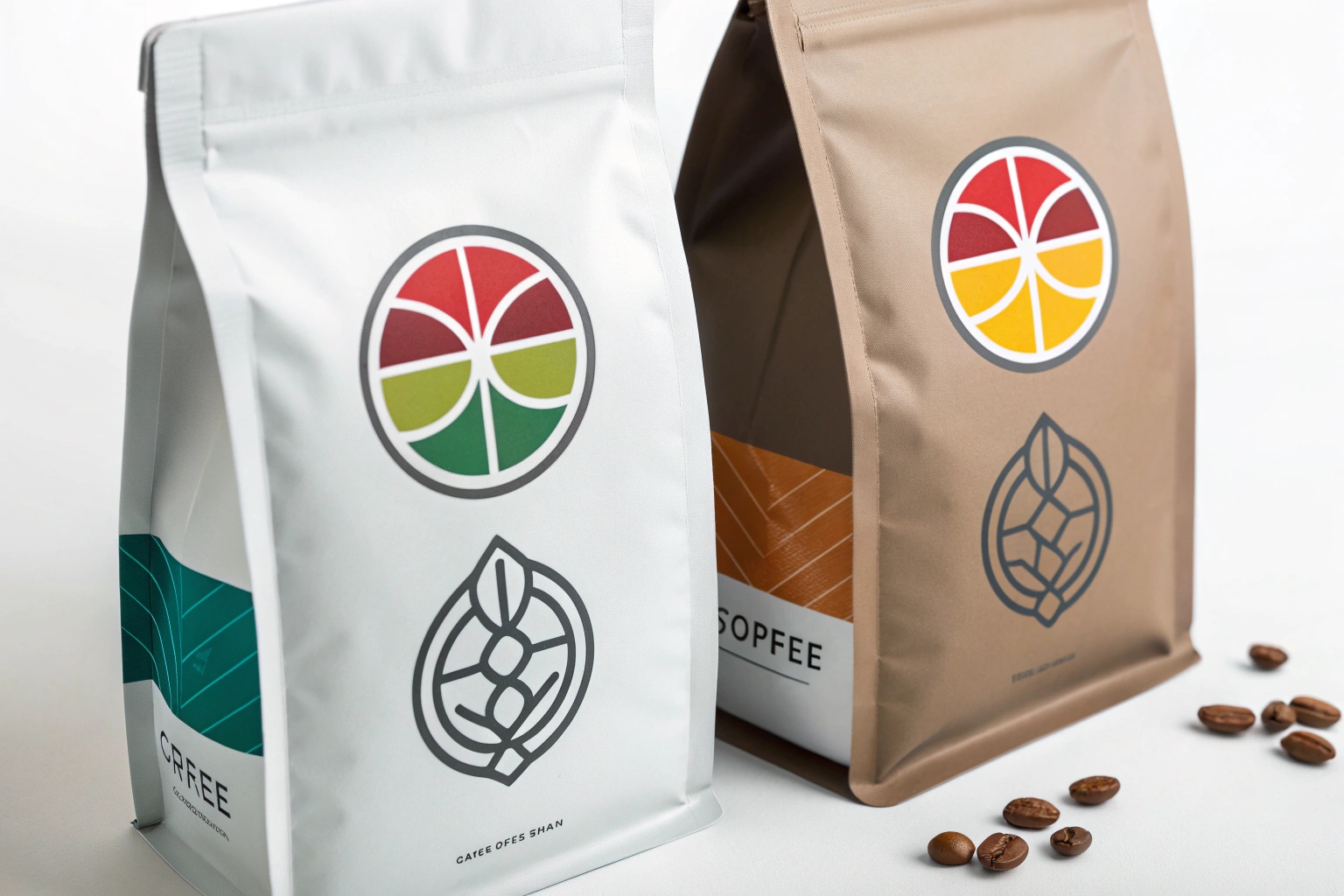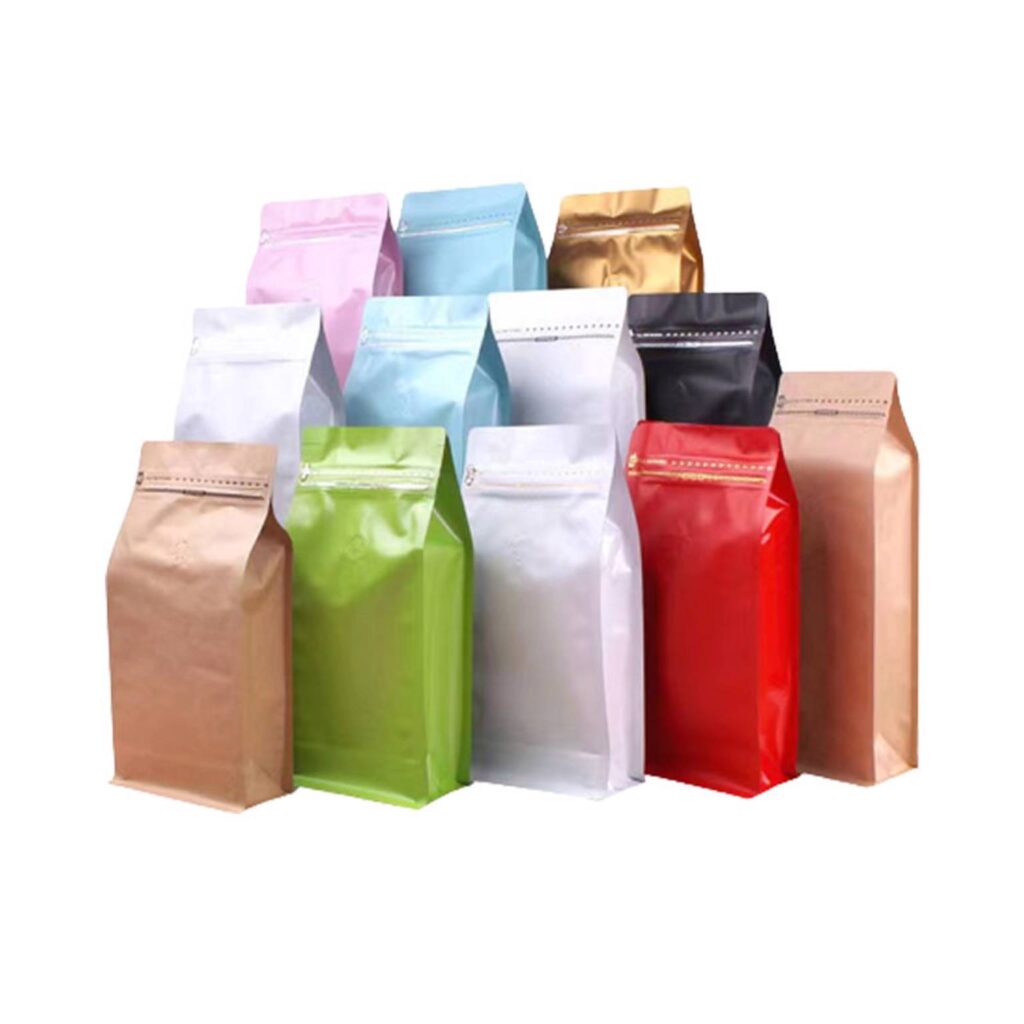Cheap packaging might seem like a smart decision—until it causes real damage to your brand, products, and profits.
Low-cost packaging often results in quality issues1, supply delays2, and customer complaints3 that cost more than you save.
I once worked with a coffee distributor who switched to a cheaper pouch supplier. Three months later, their bags leaked on retail shelves—and they lost their biggest supermarket account.
Why does cheap packaging4 often cost more in the long run?
If the initial price is low, isn’t it still a good deal?
Cheap packaging may lower upfront costs, but often leads to hidden expenses in rework, product returns5, and lost brand trust6.

Dive Deeper: Real cost isn’t just the invoice
Let’s break this down. The total cost7 of packaging includes:
| Type of Cost | Cheap Packaging Consequences |
|---|---|
| Product Damage | Bag leakage, seal failure, mold growth |
| Logistics | Poor stacking, high damage rate during transit |
| Returns & Complaints | Distributors demand replacements or refunds |
| Brand Value | Loss of consumer trust, negative reviews |
| Operations | Frequent QA issues, slower packing lines |
Many of our buyers come to IMIPAK after they’ve faced these problems. Their “cheap” supplier didn’t mention that thin films crack during winter shipments. Or that weak zippers fail after 10 uses.
I tell them—good packaging isn’t an expense. It’s protection.
What kind of risks are you taking with low-cost suppliers?
Are you really saving money—or trading quality for chaos?
Cheap suppliers may skip certifications8, use recycled or smelly materials, and offer poor after-sales support.
We’ve had clients share horror stories: bags with toxic odors, missing documents, or delayed shipments that missed seasonal launches.
Dive Deeper: Why risky suppliers cut corners
Many low-cost suppliers do this to stay “cheap”:
1. Use low-grade raw materials
- Non-food grade PE or recycled films
- Weak barrier performance
2. Skip quality checks
- No QC team or independent testing
- Defective products only found when they arrive
3. Fake or outdated certifications8
- No traceable documents
- Poor material traceability
4. Unclear communication
- Misunderstood specs, missed deadlines
- No accountability after shipping
I always advise buyers to ask for the following before placing a bulk order:
| Checklist Before Order | Why It Matters |
|---|---|
| Sample Test | Check seal strength, odor, print quality |
| Material Structure Breakdown | Confirm barrier layers meet your needs |
| Certificates (BRC, FDA etc.) | Ensure compliance with export markets |
| Lead Time + Buffer | Avoid missed sales season |
At IMIPAK, we give all of this upfront—because real savings come from zero surprises.

How can poor packaging damage your brand and customer trust?
Even if it looks okay now, will it hold up over time?
When packaging fails, it affects shelf life, product appearance, and customer experience—leading to returns, bad reviews, and lost clients.
One of our US clients had resealable nut pouches from another supplier. The zip locks kept breaking. Customers started taping the bags shut—and posting photos online. Sales dropped.
Dive Deeper: Packaging = Silent Salesperson
Think about it. Your packaging:
- Preserves quality → Freshness, aroma, crunch
- Protects image → Clean print, premium feel
- Builds loyalty → Customers expect consistency
Poor packaging sends the wrong message:
| Packaging Flaw | Customer Perception |
|---|---|
| Leaky pouch | “Is this safe to eat?” |
| Blurry printing | “They cut corners” |
| Broken zipper | “Not user-friendly” |
Once your brand loses trust, it's hard to rebuild. I’ve seen clients lose their shelf space over minor packaging issues—like a valve that kept falling off.
That’s why we test all zippers, seals, and print with in-house QC. If something fails in our lab, it won’t fail in your customer’s hands.
How can you avoid the hidden costs of cheap packaging4?
It’s not about spending more—it’s about spending smart.
Work with verified suppliers, request detailed samples, and focus on total cost7—not just unit price.
Here’s what I recommend to every new client:
Dive Deeper: 5 ways to protect your packaging investment9
1. Choose certified partners
Look for:
- BRC, ISO22000, FDA, SGS certifications8
- Factory audits and production transparency
2. Always ask for pre-production samples
Test:
- Seal strength (squeeze it hard)
- Material odor (sniff test!)
- Zipper life cycle (open/close 20x)
- Valve performance (press and listen)
3. Understand material science
| Material | Barrier | Flexibility | Cost |
|---|---|---|---|
| PET/AL/PE | High | Medium | $$ |
| PET/MPET/PE | Medium | High | $$ |
| Kraft/PE | Low | Low | $ |
Sometimes, it’s better to upgrade your film than to lose your batch.
4. Confirm lead time10, stock buffer, and logistics
Delays = missed seasons = lost profits.
- Ask for realistic lead time10s
- Check their shipping partners
- Request inventory buffer services if possible
5. Look at long-term total cost7
If you save $0.05 per bag but lose 5% of your orders to complaints, it’s not a saving.
At IMIPAK, we offer free samples, flexible MOQs, and real-time order tracking—because good packaging is more than a bag. It’s your frontline defense.
Conclusion
Cheap packaging may cost less upfront—but it can cost you everything later.
-
Exploring quality issues can reveal how they impact customer satisfaction and brand reputation. ↩
-
Learn about the factors leading to supply delays to avoid disruptions in your business. ↩
-
Discover effective strategies for managing customer complaints to maintain brand loyalty. ↩
-
Understanding the hidden costs can help you make informed decisions about packaging that protect your brand. ↩ ↩
-
Investigating the costs of returns can highlight the importance of quality packaging. ↩
-
Understanding the significance of brand trust can help you prioritize quality in your packaging choices. ↩
-
Exploring total cost can help you make smarter financial decisions regarding packaging. ↩ ↩ ↩
-
Knowing the right certifications can ensure compliance and quality in your packaging. ↩ ↩ ↩
-
Learn strategies to safeguard your investment in packaging for long-term success. ↩
-
Understanding lead time can help you plan better and avoid missed sales opportunities. ↩ ↩


